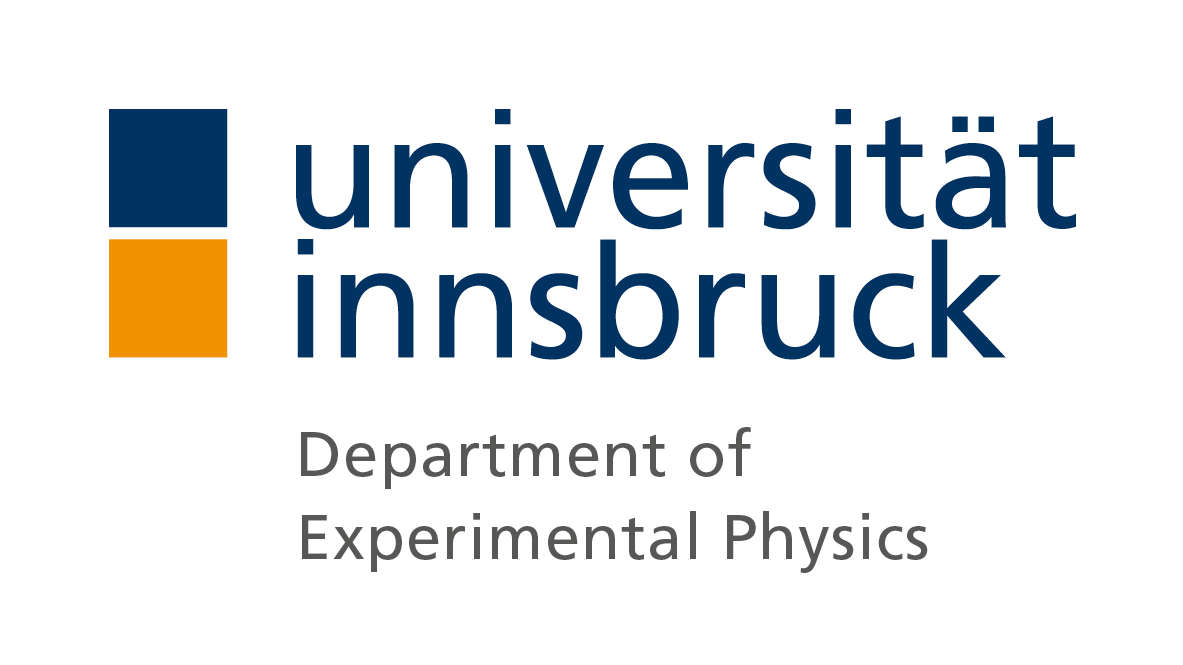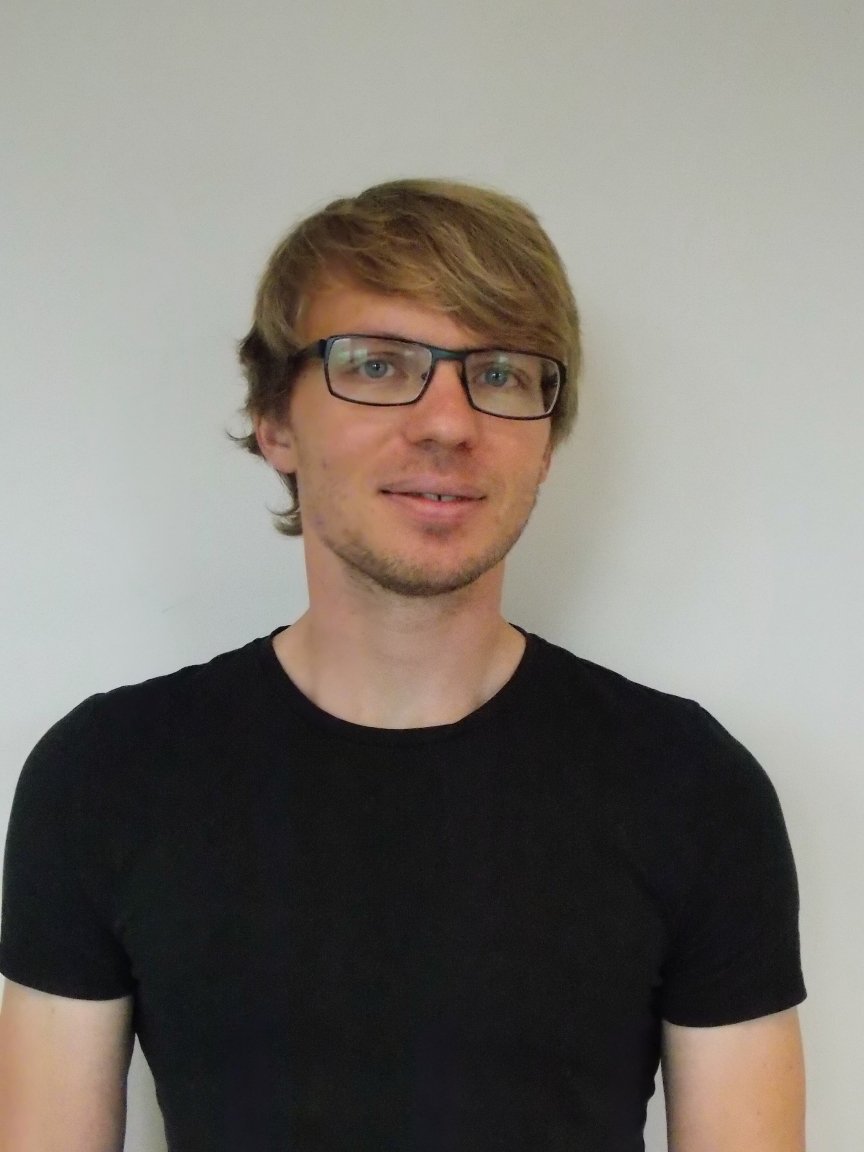
- Details
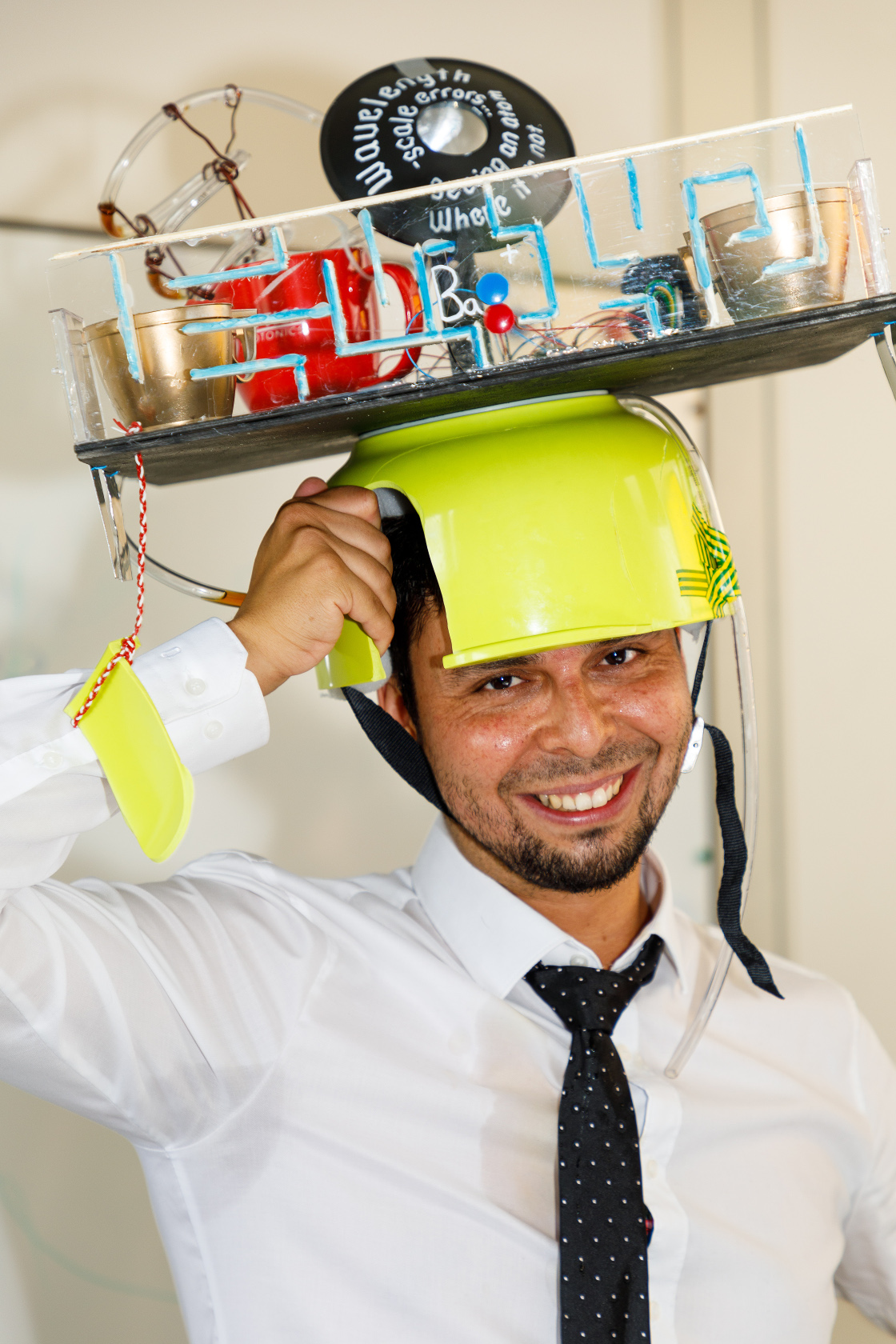
- Details
Congratulations, Gabriel!
Thesis Titled: Experiments with single photons emitted by single atoms
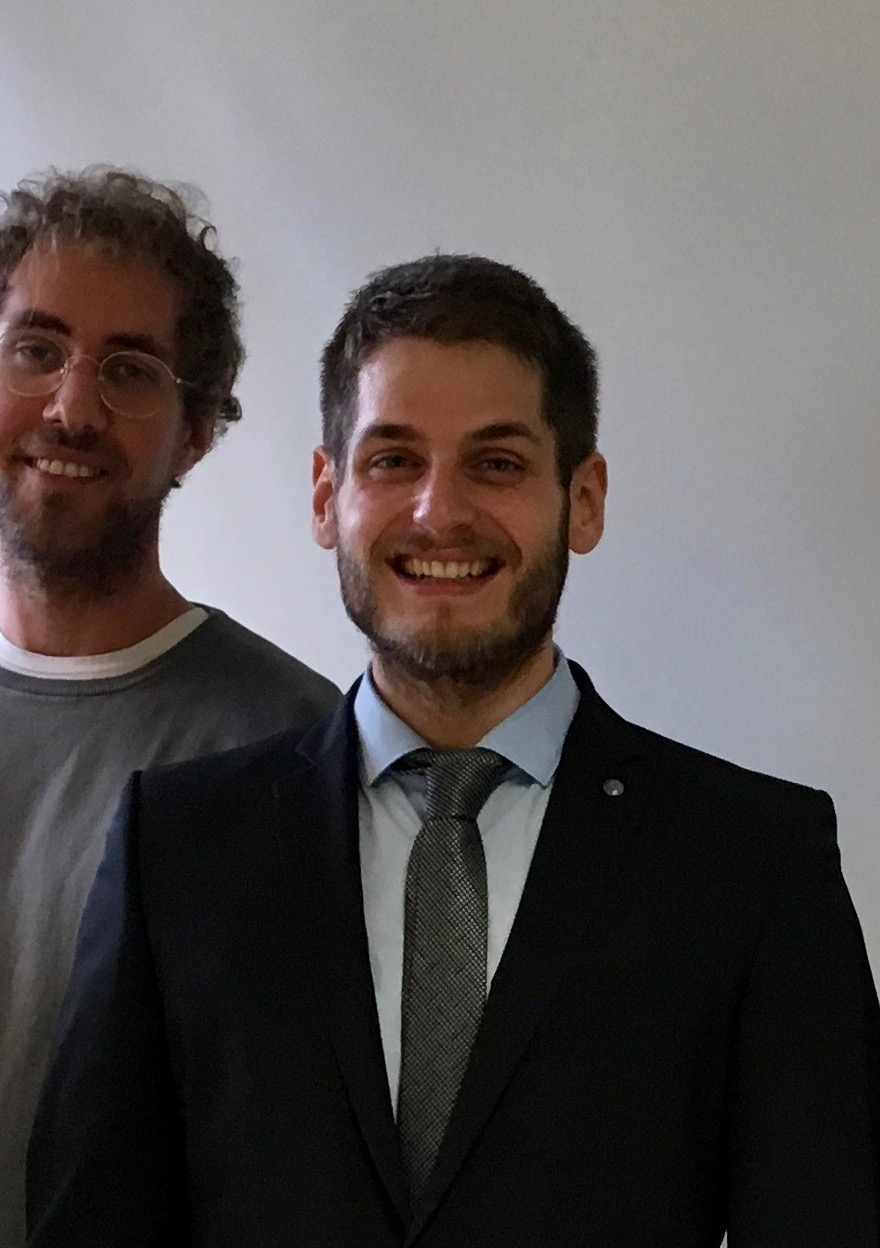
- Details
Congratulations, Matthias!
Thesis Titled: Parametric feedback cooling of silica nanosphers in a hybrid trapping potential
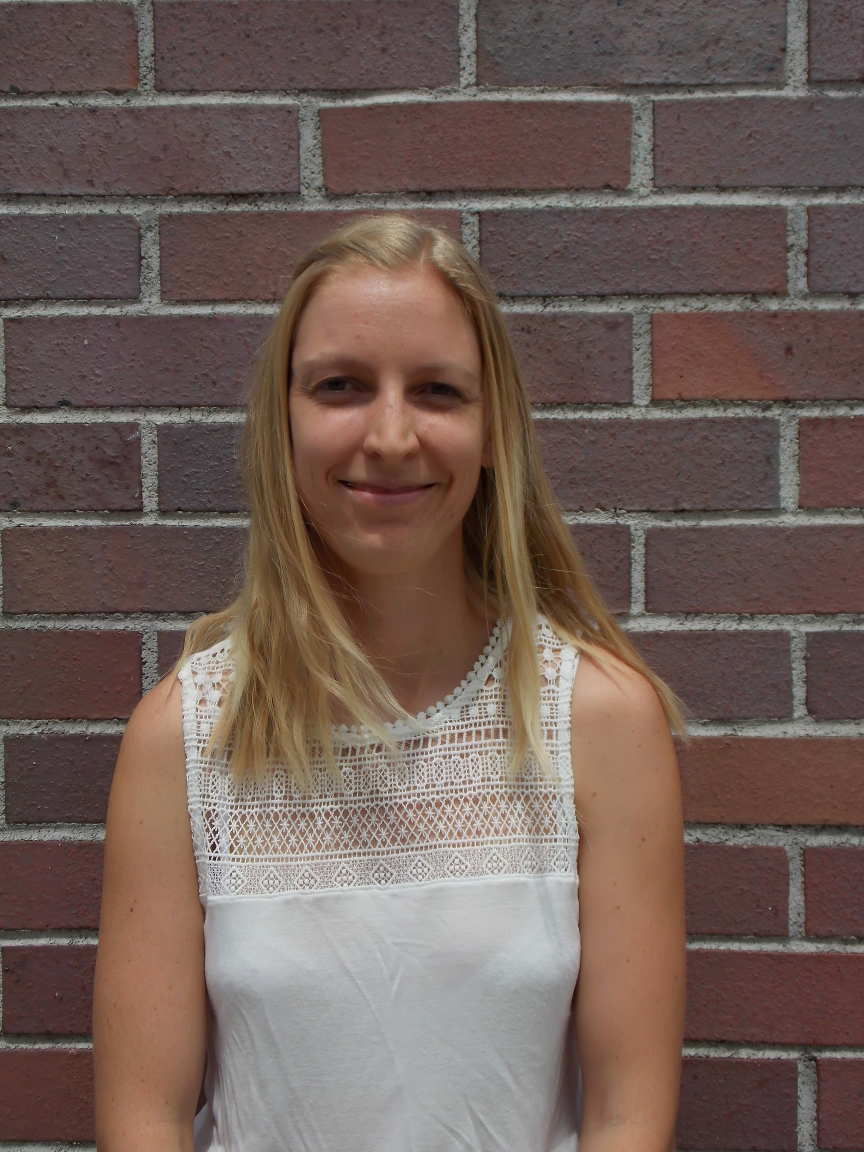
- Details
- Details
Klemens Schüppert and Giovanni Cerchiari of our group received Erwin Schrödinger Center for Quantum Science & Technology (ESQ) Grants.
Giovanni's project will focus on the suppression of spontaneous emission of an atom by coupling its fluorescence light with an ultra-precise hemispherical mirror.
Klemens investigates new scalable ion trap technology based on the challenging exchange of RF- and DC-electrodes of a trap within the coherence time.

- Details
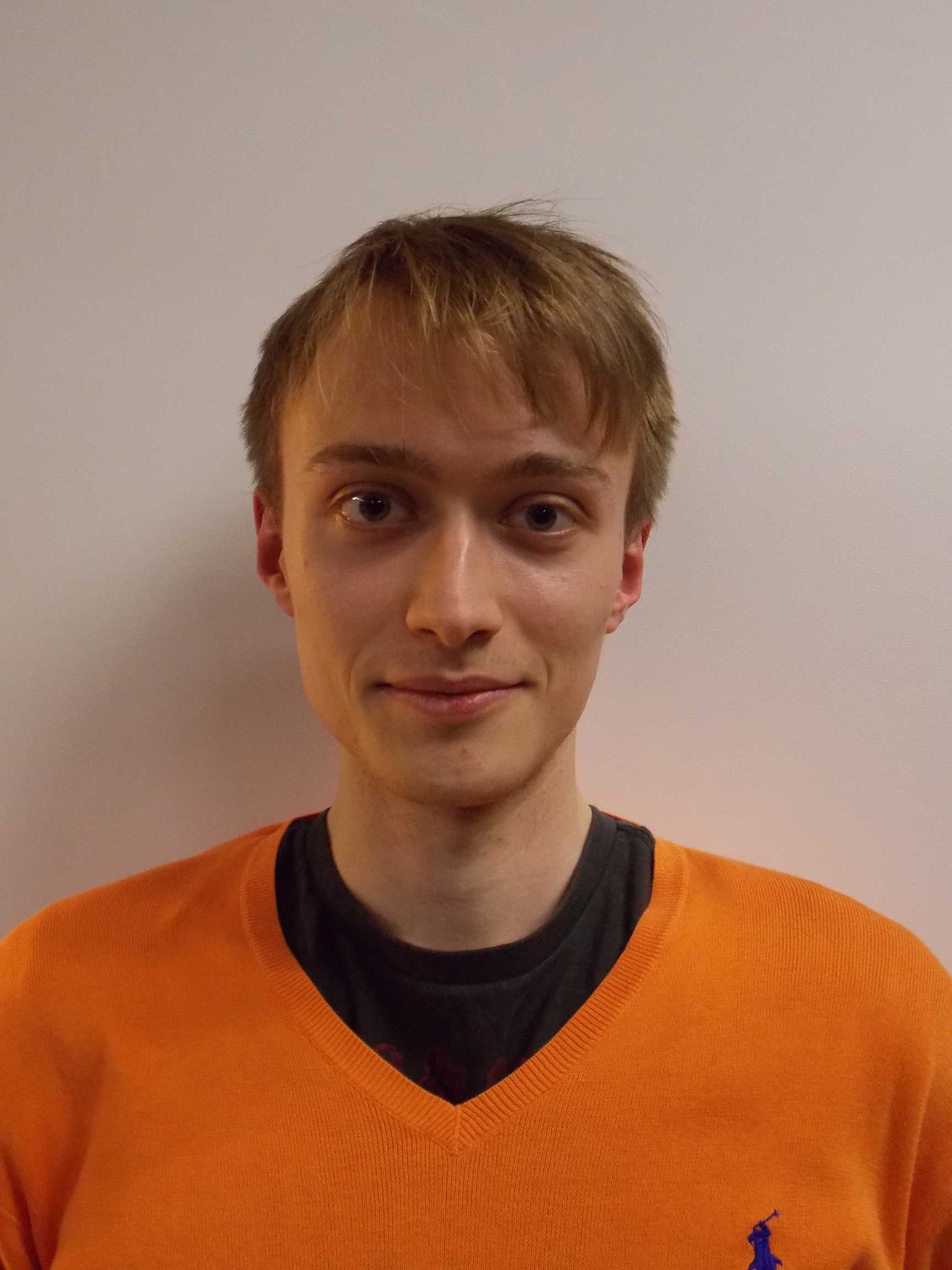
- Details
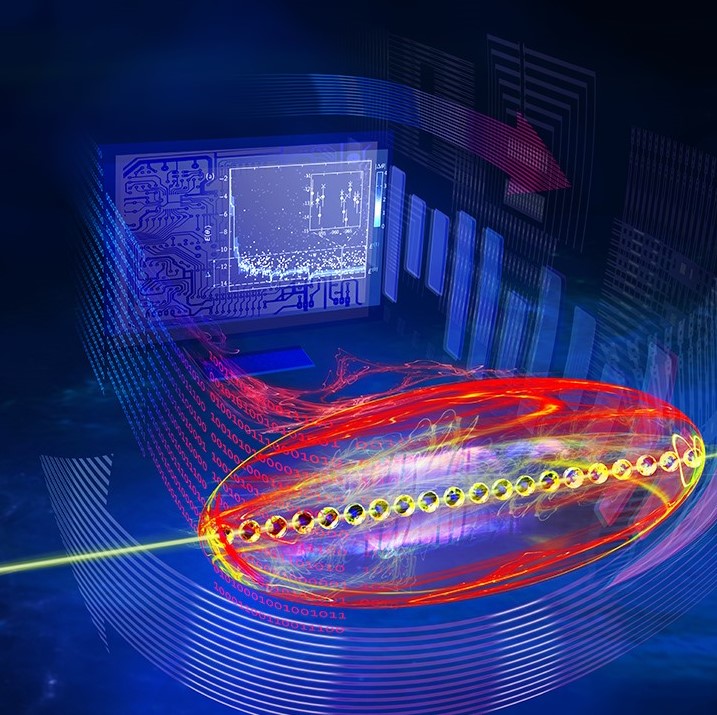
- Details
In collaboration with the theory group led by P. Zoller, we have implemented a novel method to simulate, for the first time, particle physics phenomena on up to 20 quantum bits. Furthermore, we demonstrated how the quantum simulator was able to check the quality of the result itself, which represents an important milestone in the field of quantum simulation. The work has now been published in Nature and opens the door to the simulation of previously intractable problems in chemistry, materials research or high-energy physics.

- Details
A photodetector converts light into an electrical signal, causing the light to be lost. Researchers led by Tracy Northup at the University of Innsbruck have now built a quantum sensor that can measure light particles non-destructively. It can be used to further investigate the quantum properties of light.
